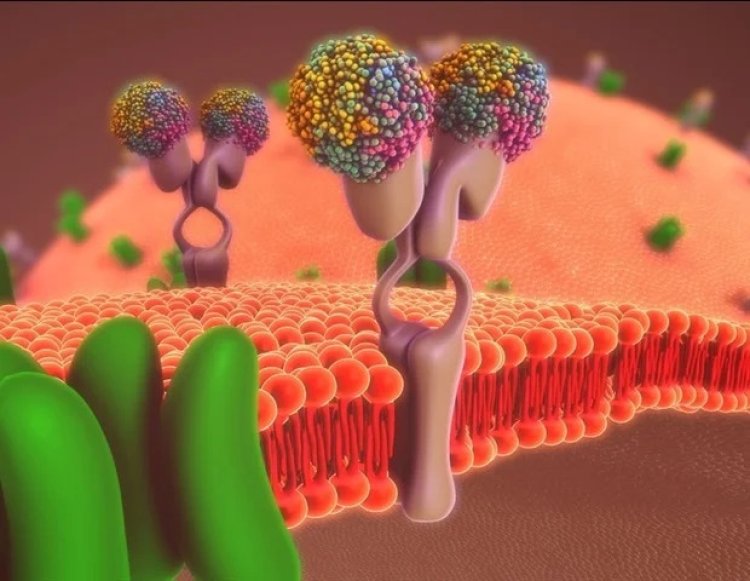Researchers reveal how fatty fish consumption increases cell membrane fluidity

Kuopio, Finland: In those with poor glucose metabolism or coronary heart disease, consuming fatty fish reduced the lipophilic index, according to a recent study from the University of Eastern Finland. An indicator of the fluidity of cell membranes is the lipophilic index; a lower value denotes a more fluid membrane.
A low lipophilic index was also linked to a bigger mean HDL particle size and a greater concentration of large HDL particles, which supports cardiovascular benefit, according to a new study published in Nutrition, Metabolism & Cardiovascular Diseases.
The lipophilic index has been introduced to describe membrane fluidity, which can modify the function of cells and membrane-bound proteins. The length and saturation of fatty acids in membranes affects membrane fluidity. For example, fatty acids in serum lipids or erythrocyte membranes can be used to calculate the lipophilic index. Previous studies have suggested that long-chain omega-3 fatty acids in fish have a beneficial effect on cardiovascular risk, however, more research into the mechanisms is still needed. Camelina oil, on the other hand, is rich in alpha-linolenic acid, which is an essential omega-3 fatty acid whose associations with membrane fluidity are not known.
The researchers used data from two randomized clinical trials to study the effects of fish and camelina sativa oil intake on the lipophilic index. The first study included 79 men and women with impaired glucose tolerance. The second study included 33 men and women with cardiovascular disease. Study participants were randomly divided into four groups for a 12-week intervention: the camelina oil group, the fatty fish group, the lean fish group, and the control group in the first study. In the second study, subjects were randomly divided into the fatty fish, lean fish, and control groups for an 8-week intervention. The lipophilic index was calculated based on erythrocyte membrane fatty acids in the first study, and serum phospholipid fatty acids in the second study.















































